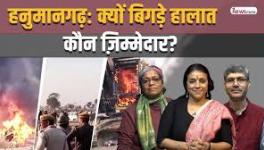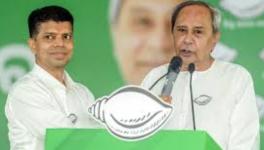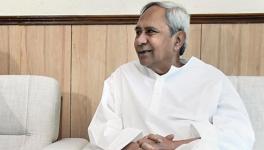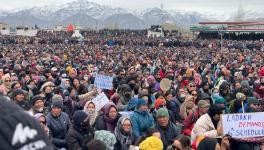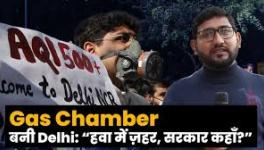Jammu & Kashmir: Where Appearance is Deceptive
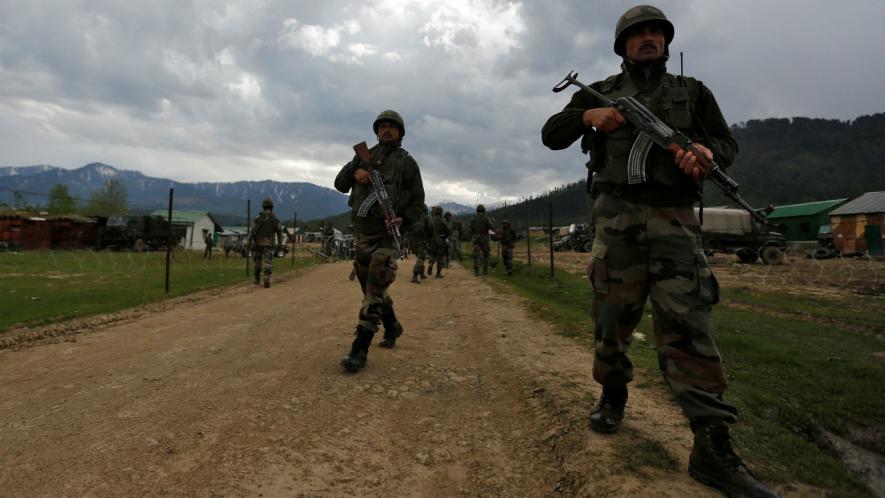
Image Courtesy: Firstpost
If Indian Army’s ‘Operation All out’, launched in May 2017, was supposed to bring armed militancy to its knees, then the spate of encounters and fatalities suffered by militants ought to signal a success for Indian armed forces and a blow to the militancy. However, what the authorities and the Army, in particular, ought to worry about is that despite the bloody crackdown, there is no decline in people’s support for the militants. It doesn’t stop them from coming out in large number to the encounter site in aid of the militants. The encounter, which took place at Dagad and Kachidoora in Shopian district and at Peth Dialgam in Anantnag district on April 1, claimed lives of 11 militants – seven in Dagad, three in Kachidoora and one in Dialgam, as well as of three soldiers and four civilians. All of the militants were local youths. This is the biggest loss suffered by militants since 2010-11, in a single day. Thus going by the body count, Army’s operations are inflicting serious losses. However, the flip side of the story deserves greater attention because death and injuries suffered by civilians, who defy warnings by the Army-led joint operations as well as appeals by the police, have failed to dissuade them from supporting the militants. SP Vaid, Director General of Police, Jammu and Kashmir, claimed that Sunday’s operations saw 30-odd civilians injured and being treated. In fact, four civilians were killed and an estimated 200 civilians were injured either by bullets or wounded by pellets. Hundred and fifty persons were treated at the District Hospital Shopian. Of them, 25 suffered pellet injuries, 22 were hit in their eyes, and 30 were hit by bullets. District Hospital Kulgam treated 23 civilians, of which, 16 were hit by bullets, while Pulwama District Hospital treated three injured by pellets. Sixty of the wounded with severe injuries were referred to hospitals in Srinagar. The fact that people display their resolve in support of militancy—knowing fully well that that many of them could suffer injuries, some even fatal—deserves acknowledgement.
Since Indian public is fed the official version, which pins the blame on Pakistan for infiltrating militants or exhorting youth in Kashmir to pick up arms, we are singularly debilitated to understand that the reality is vastly different and therefore, bewildered when the government changes tack. For instance, the decision to free the joint leadership from house arrest was not so much a reflection of the changing ground situation, with militants on the back-foot. It was rather a decision which was dictated by a realisation that by repressing all forms of protest, and in absence of any political initiative, all that ‘Operation All Out’ was doing was to make the ‘politics of bloodshed’ more attractive. Owning militants as their own and showing up in large numbers at encounter sites – a phenomena, which had begun around 2014 – picked up steam after Burhan Muzaffar Wani’s killing on July 8, 2016. Yesterday’s developments show that there is no sign of this ending anytime soon.
This is a remarkable turnaround. In 2008, when Amarnath land issue saw mass protests break out, militants were compelled to announce that they are vacating civilian areas. For a couple of years after that, things appeared to be headed towards ‘politics sans bloodshed’. Instead, a combination of fake encounters, cold-blooded killings to earn reward and promotion, and refusal to initiate talks with Hurriyat as well as Pakistan ended any prospect of peaceful political resolution. By 2013-14, it was becoming apparent that Kashmiri youth were once again moving towards picking up arms. Burhan’s killing acted as a spur. Thus, despite killing of 213 militants in 2017, there is no dearth of new recruits. This year, 19 armed forces personnel, 30 odd militants and at least 16 civilians have been killed so far. The point is that few hundred militants find ready replacement, and support of civilians, is acting as a force multiplier – making their small number today (in contrast to thousands during the earlier phase) more politically lethal than before. The ‘Op All Out’, for all its bravado and belligerence, is unable to snap the umbilical cord between the people and the militants.
Faced with this situation and in order to ensure a smooth Amarnath Yatra starting in June, authorities not only decided to free SAS Geelani, Mirwaiz Umar Farooq and Yasin Malik, but also declared that police will desist from snapping internet. Within two days of this, internet links were snapped again. As soon as yesterday’s encounter deaths saw large scale protests break out in different parts of Kashmir, leaders freed from house arrest were placed under curbs again.
The point is that the Indian Government can make any propaganda claim and boast that militancy is on the verge of being wiped out, but the fact is that reality does not fit this make-believe. This is most visible in Jammu region, where people who were earlier taken in by BJP’s promise of muscular approach vis a vis Pakistan and the Kashmiris and thought that BJP’s tough posturing would bring the conflict to an end, are now upset with them. They realise that BJP was unable to deliver on their promise. The disenchantment with BJP is such that the party state executive meeting scheduled to be held in Kathua, had to be shifted to Suchetgarh, fearing a backlash from Hindutva groups spawned by them. With ceasefire line violations carrying on, even the brave talk of causing “pain” to Pakistan now falls flat. The maximum “pain” is being caused to civilians driven away from their hearth and home. Soldiers are being used as cannon fodder in this mindless game of bloody one-upmanship. In other words, the game plan of BJP is to encourage communal polarisation in Jammu. The abduction, rape and murder of eight years old girl of Kathua that saw Hindutva groups come out in support of the accused Hindus, their open call to cleanse Jammu region of Muslims, and a strident anti-Kashmiri stance has pushed the Muslims in Jammu region to draw close to the ‘Azaadi’ movement in Kashmir.
For long, it has been held as an axiomatic truth that armed militancy can be finished with military suppression. Futility of this approach is now glaringly clear. Militancy will persist so long as prospects of political resolution remain zero and curbs on constitutional freedoms and crackdown on non-violent protests carry on. The low-intensity warfare can persist for a long time because there is popular support for this – a support which shows no sign of ending anytime soon. The danger of persisting with military suppression is also apparent in the re-emergence of Jaish-i-Mohammed, 14 years after it was forced to pull out. So, let us not be fooled by the Indian Government and corporate media’s lies – pretending that everything is under control. When, in fact, the only way they remain in control is through a heavy-handed approach. It is high time that it’s realised that coercion can be effective against people only in brief interludes. When employed for years and decades, it ceases to bite. And once people overcome their fear, then defiance rears its head. That is precisely what is happening in Kashmir.
Get the latest reports & analysis with people's perspective on Protests, movements & deep analytical videos, discussions of the current affairs in your Telegram app. Subscribe to NewsClick's Telegram channel & get Real-Time updates on stories, as they get published on our website.










